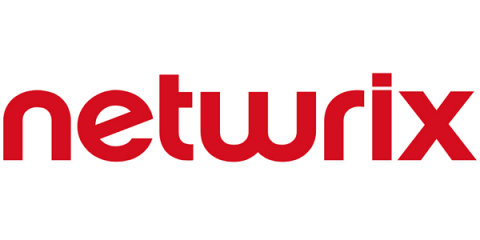See technologies on the attack surface plus updates to Attack Surface Custom Policies and API keys
Keeping track of what technologies are being utilized across your attack surface has become virtually impossible as a result of the pace of innovation, developer methodologies, and many other factors. Questions such as, “Where am I hosting all of my WordPress sites? Or “What 3rd-party software is it using?” often go unanswered because of the sheer number of domains organizations now have to monitor.











